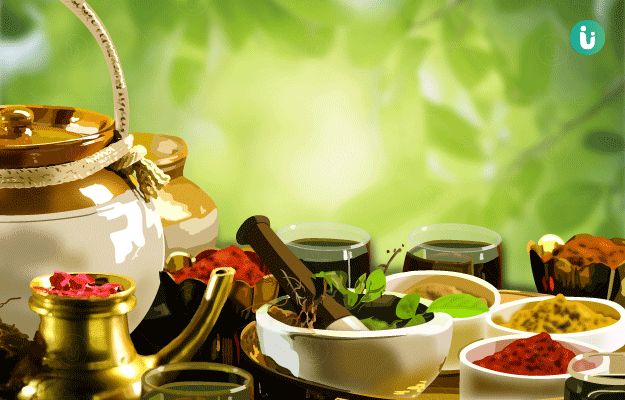The Siddha system of medicine is an ancient practice that is believed to have originated between the 3rd and 10th century BC, in Tamil Nadu. The practice is thought to be even older than Ayurveda, though some of the tenets—like using herbs to treat ailments—are common to both of them.
While Dhanvantari—the Hindu god of medicine—is credited as the founding father of Ayurveda, Agastya (also known as Agastiyar) is believed to be the founder of Siddha medicine. Siddha in Tamil means an ascetic who has achieved enlightenment. Agastya is among the 18 Siddhars or scholars who are thought to have gained mastery over medicine, yoga and meditation.
Agastya is also known as the Hippocrates of Siddha medicine—Hippocrates was the Greek physician regarded as the father of modern medicine.
In modern times, Ayurveda continues to be practised throughout the country. But the practice of the Siddha system of medicine is more prominent in the southern part of India—mostly in Tamil Nadu and Kerala.
The practice of Siddha medicine today falls under the Ministry of Ayurveda, Yoga and Naturopathy, Unani, Siddha and Homeopathy (AYUSH). In 2018, the Ministry of AYUSH declared 4 January—also the birthday of the revered Agastya—as Siddha Day. Since 2019, the AYUSH ministry has also been opening Siddha clinics in major hospitals, like Safdarjung Hospital in New Delhi.































